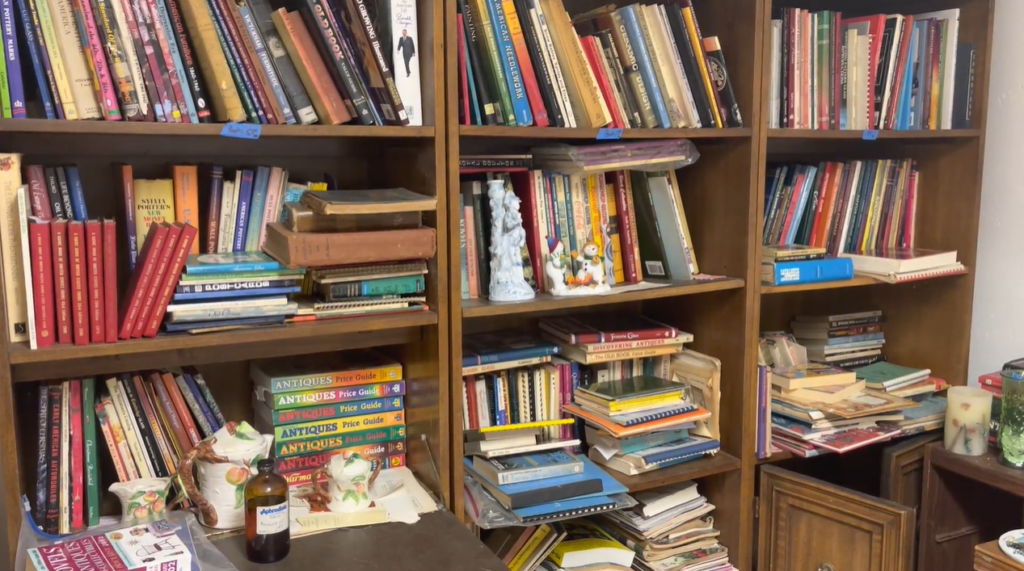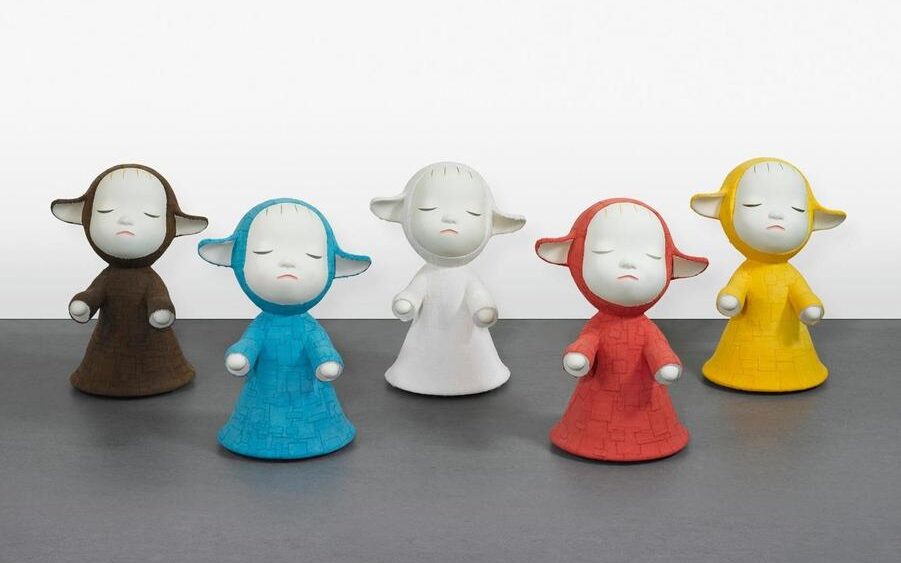BLOG
Finds and Interests

Image courtesy: Niara Collins
It was a regular Sunday afternoon at my parent’s house. My mom was preparing lunch, my father, Will Seippel, was working in the living room, and their three German shepherds were parading around the house like ponies. I was visiting my father to speak with him about investing. While he could have enlightened me over the phone, one thing about Will is that he is a natural storyteller, and every teaching moment is accompanied by at least one side story. It’s best to have these conversations in person.
As an educator, I understand how real-world connections help solidify a concept in our brains, and I enjoy hearing the man speak. As our visit lingered, the conversation shifted to his recent visit to California. What was meant to be a three-day trip spent picking amongst some of his favorite antique and vintage fleas became an art excursion adventure—and one that opened my eyes to what it means to collect.
Knowledge Is Wealth
While in California, Will received a call from one of his pickers—someone who ventures out and sniffs up neat sales for him—who came across a finding that surpasses anything Will could have discovered while perusing the Los Angeles flea markets himself.
The picker informed him that a man had passed away, and his children were selling his art collection of thousands of items. I thought about this for a moment, thinking that if my parents were to pass away, I would be dumbfounded as to how to price their estate.
When I shared this with Will, I learned that people often look at stuff and assume it is worthless, and kids tend to get eager or overwhelmed with trying to clear out their parents’ estate. While the adult children have their own lives to care for, Will said, there still needs to be more connection between assets and their worth, often identified through research and object stories. Will’s solution to this all-too-common issue of preserving assets’ worth beyond a lifetime is to be proactive rather than reactive.

Image source: WorthPoint
Be Prepared
As humans, we like to imagine ourselves as untouchable—that is, until the day when disaster strikes, and we realize we aren’t as invincible as we thought. Nobody wants to think disaster is coming, but we must be prepared for it when it does. The consequence of improper preparation could be losing a collection of high monetary value and the memories that pair with them. Per the Boy Scout motto, it’s always best to be prepared, or as my dad would say, “get organized.”
Now, you might wonder, “How do I organize a collection that has accumulated to such a large size over a decade?” or “I have never heard of preserving my collection online. How do I do that?” And indeed, if my parents can do it, then why can’t anyone else?
The WorthPoint Vault
When my father began talking to me about the WorthPoint Vault, I didn’t take an avid interest in the topic. I thought, “Well, most of my things are of sentimental value … why would I ever need this?” My thoughts didn’t change until I survived a disaster and could not provide my insurance with a concise list of lost possessions and their approximate value. Only in my early twenties could I have used something like this, and I thought about what happens when we experience disasters and hardships as seasoned adults. What about the people who have dedicated their lives to preserving antique furniture, sports memorabilia, and other keepsakes? What about the legacy we all want to leave behind? Doesn’t any of that matter?

Image Source: WorthPoint
When it’s Time to Say Goodbye
Regardless of whether it is time to say farewell because you’ve grown bored of a collection or you’re preparing for another life, there are a few things that you can do to ensure your legacy and preservation of history lives on.
- First, you must go through your collections and decide what to keep versus what to part with. Depending on the size of your collectibles, consider working in small increments of time each day so you stay calm. As you consider items to discard, consider the following questions, “Does this spark joy?,” “Do I display my collection?,” and “Am I being reasonable in how much I think this collection is worth monetarily?”
- After separating your items into “keep” and “discard” categories, create a household inventory for the items you’re keeping and consider where your discarded items can find a lovely new home. For many, downsizing can be a rollercoaster of emotions. Building a collection takes dedication and passion, and letting go of it should be done in a way that pays tribute to that work. A few methods are connecting with local antique shops, auction houses, or other collectors on forums or websites like eBay. Additionally, because there are Facebook groups for just about anything these days, it would be a good idea to try to get connected with buyers on this platform.
- Another factor to consider when parting ways with your items is their legacy. People love a good story, and often, things with history will sell better. Preserving an item’s history of origin increases its value and significance—details like where the article originated from and its meaning in your life help it come to life.
- Finally, when you’re ready to say goodbye, make sure to value the collection. If you collect specific brands, you can usually find information on manufacturers’ websites, collector websites, or price guides; however, some items require professional valuation. Remember that some items are more valuable when sold as a set, while others might be more valuable when sold as individual pieces. Researching and monitoring trends is essential, as market value can influence price points.
Happy Hunting!
Whether you’re parting with a collection because you’ve grown tired of it or getting ready to downsize and move on, make sure to research and catalog your pieces. By doing the work now, you increase the likelihood that the history is preserved, ahead of any potential disaster, and your legacy of owning a small amount of history lives on.
If you want to learn more about how to start cataloging your collection, check out this walkthrough of how to use the WorthPoint Vault to learn more. And if you are curious to view some of the unusual art pieces picked up in California—never fear; I won’t be able to keep them secret for long.
Sarah Seippel is a freelance writer and finds much of her inspiration in her father’s unique collections. In her free time, she enjoys hunting down the best cup of coffee and pursuing for vintage deals.